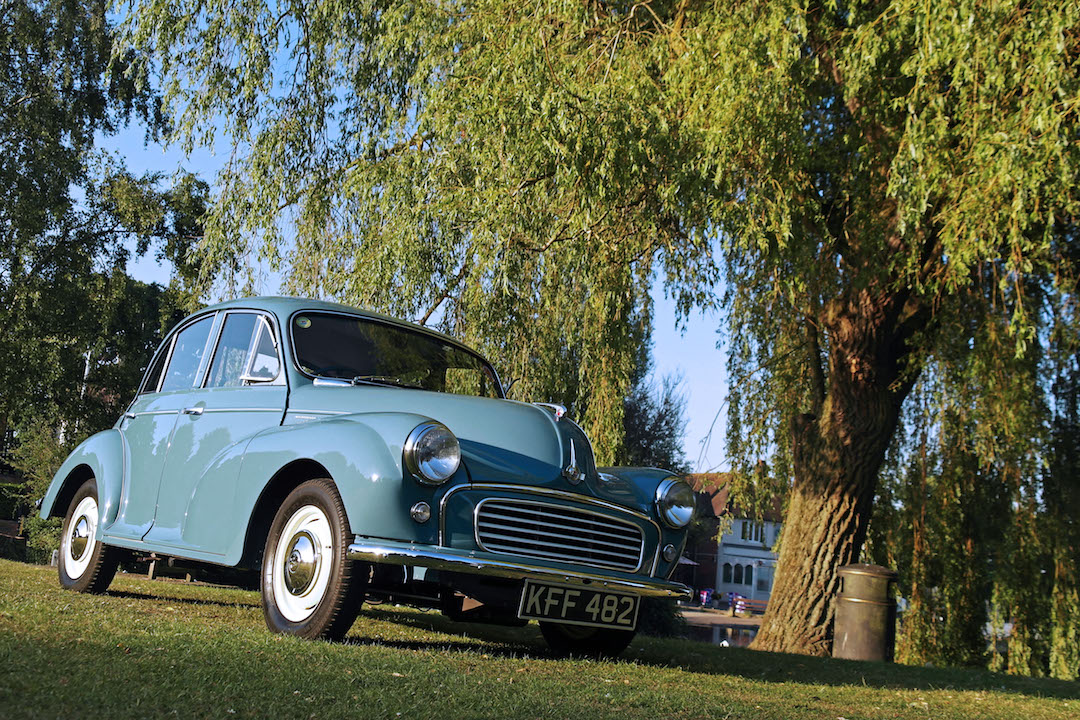"My dad had a sky-blue Marina estate. No doubt it went to the crusher years ago, but I still remember its registration – CNG 453T. It was a 1.3-litre series three model, built in 1979 and bought from Mann Egerton (remember them?) "

Beautifully British: the Morris Minor turns 70
The first British car to make a million, we say raise a cuppa and say ‘Happy Birthday’ to the Morris Minor
In the four-wheeled world, 2018 is a notable year for ‘people’s cars’, those machines which sparked an affordable revolution. The original Fiat ‘Nuova 500’ may have been six decades old last year, but remarkably, the Volkswagen Beetle celebrates its eightieth birthday in 2018, while the Citroën 2CV and the Morris Minor both turn 70.
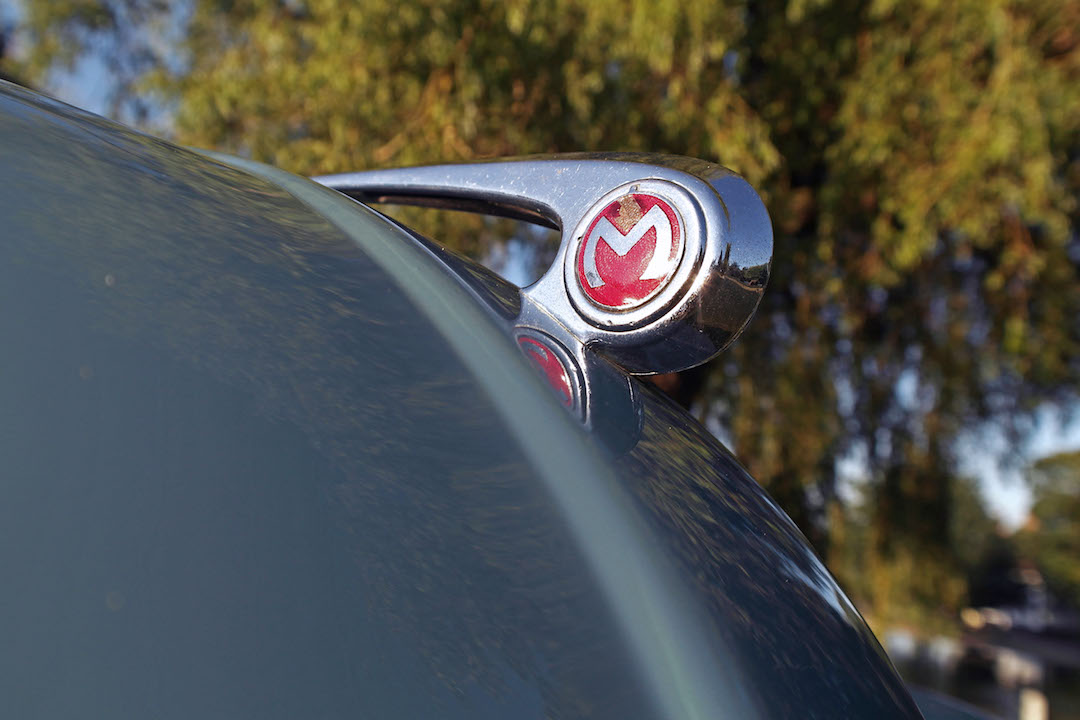
Automotive design legend Alec Issigonis may be most well-known for his – quite literal – Mini creation, one of the other people’s car weapons he gave birth to was the Morris Minor. The swaddling was removed from Issigonis’ pug-nosed and curvaceous baby at the Earl’s Court Motor Show in London on 20 September 1948, after a seven-year gestation period. While a ban on civilian car development had been in force during the World War II, the Minor was ready to combine the convenience and quality of a larger saloon for an affordable price. Just like its German and French rivals, but with a twist of transatlantic style.
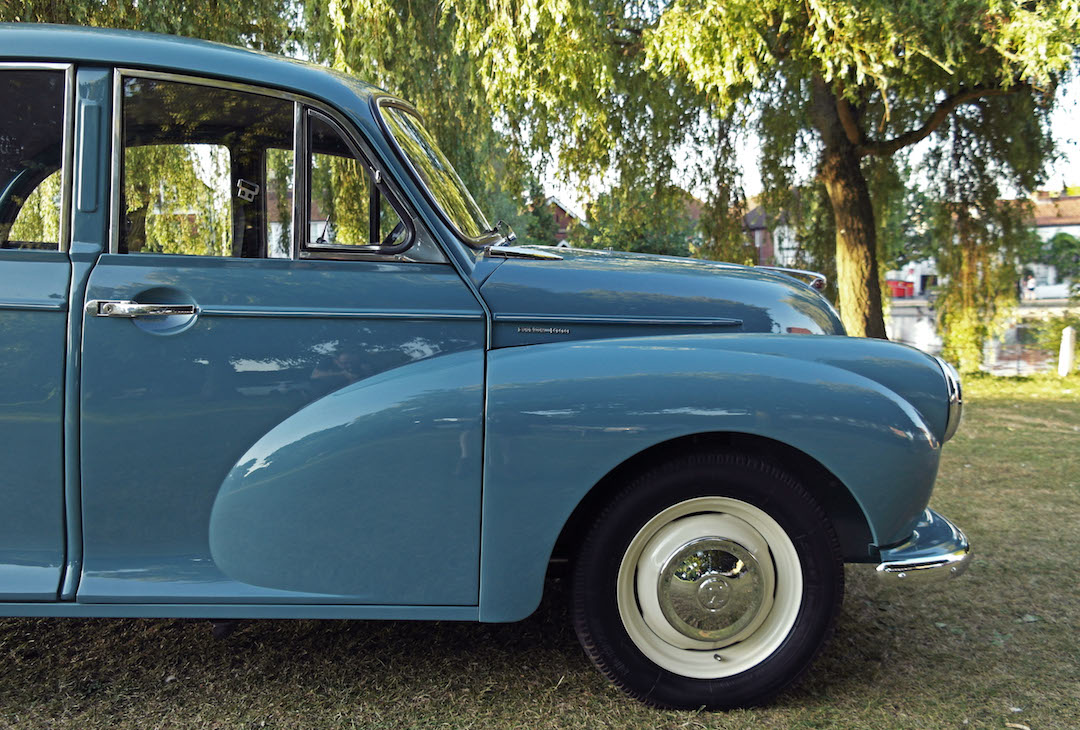
Initially, body styles were confined to a two-door saloon and a convertible, somewhat grandly named the ‘Tourer’. Built with a still-new unitary construction, with torsion bar independent front suspension, the first Minor MMs had a 918cc side-valve ‘U’-series engine, and although these ‘low-light’ cars share their silhouette with all Minors, they are much sought after today. One tell-tale sign of the early cars is the split front bumper, which is there because a decision to widen the car by 102 millimetres came at the last minute after the bumpers had already been produced…
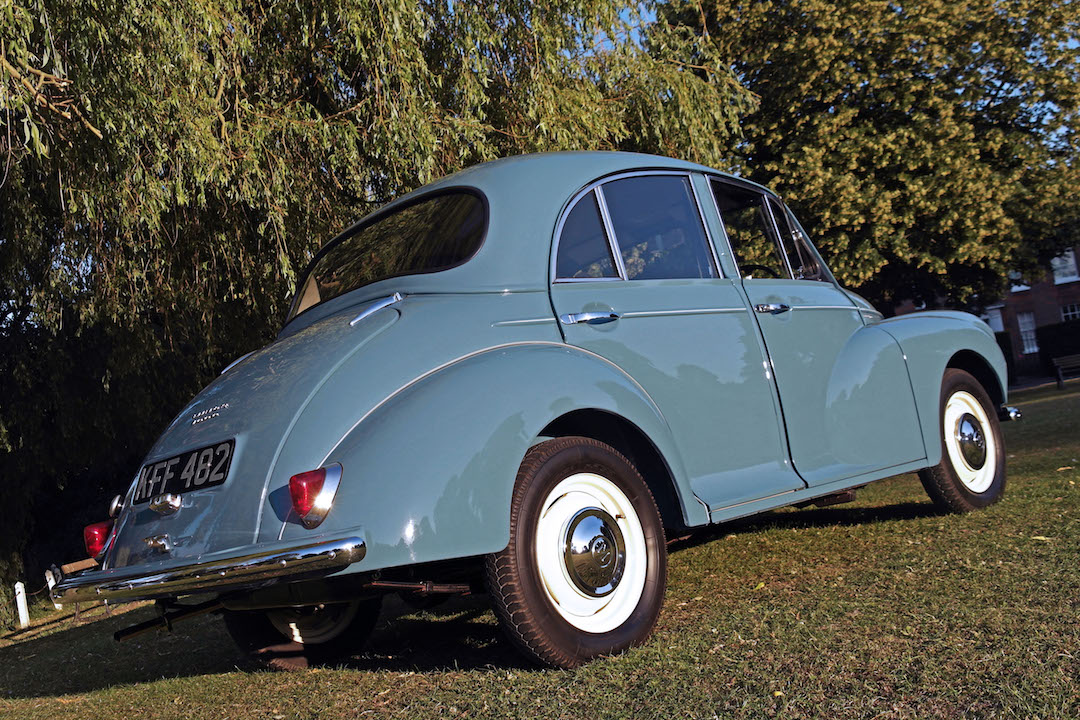
However accommodating or wide it was, though, the new £358 baby Morris was popular, and by the time production of the first ‘MM’-series cars ended, over 250,000 had been sold. That’s almost three times as many as its namesake which was built from 1928 to 1934, and whose engine it effectively inherited. An overhead-valve and more powerful 30bhp 803cc ‘A’-series engine was ushered in with the arrival of the ‘Series II’ Minor in 1952, the same year that the company which built it became part of the British Motor Corporation.
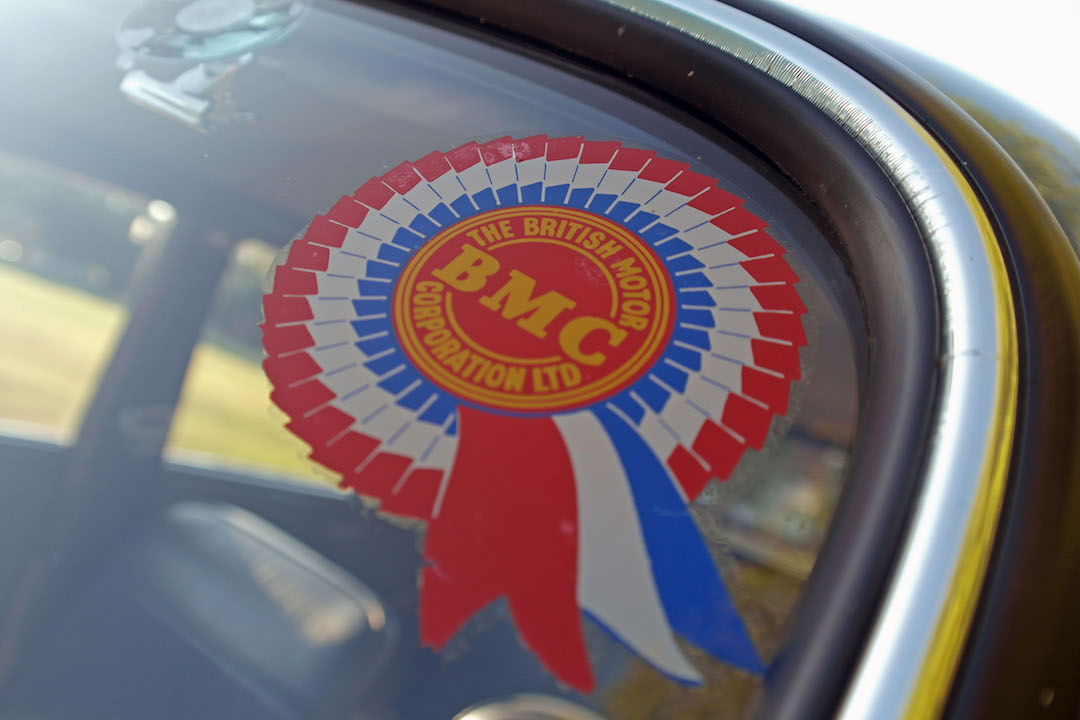
Keen for more sales, the more practical estate ‘Traveller’ version joined the range, distinctive by its wooden-framed rear end. A more practical four-door had appeared in 1950, but for true functionality, commercial vehicle vans and pick-ups were delivered from 1953. The one-piece windscreen ‘Series III’ Minor 1000 was introduced in 1956, and continued the ‘Moggy’s’ acceleration of sales. Which was thankfully faster than the new Morris’ enlarged 37bhp 948cc engine, which did 0 to 60mph in 52.2 seconds. Never mind, though, 1962’s 1098cc unit increased top speed to a truly heady 77mph.
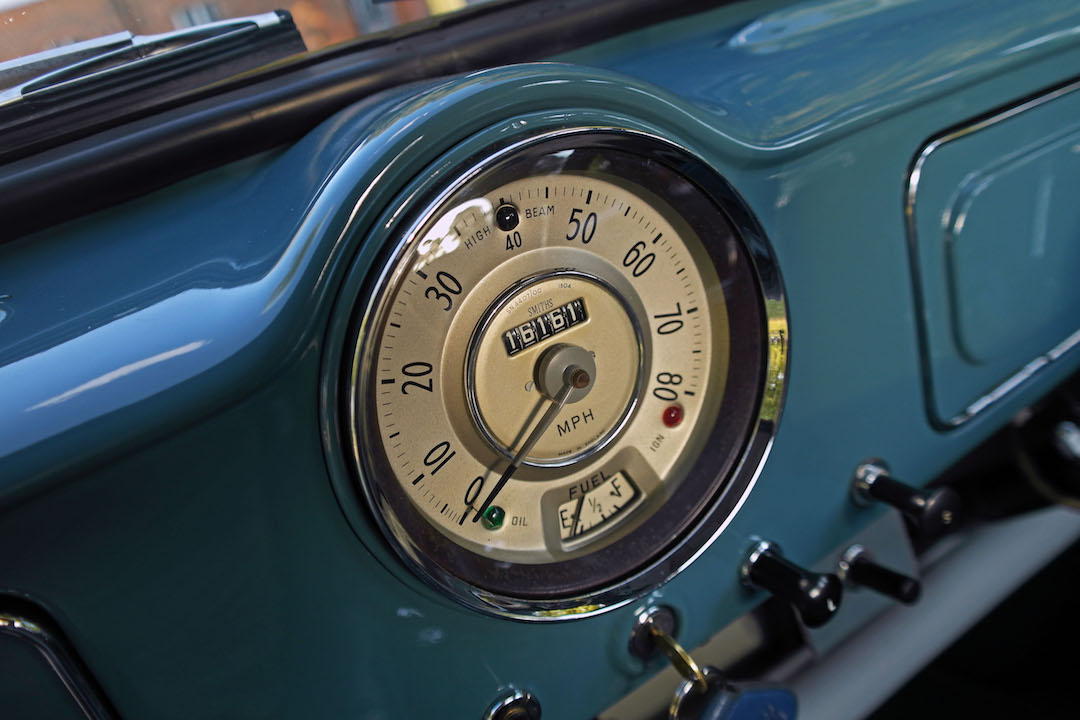
While the larger-engined cars still wore ‘Minor 1000’ badges, Bluebell, Tom Morley’s Clipper Blue 1961 Minor is period perfect with its designation and its condition. Bluebell and Tom first met in 2014, and have been inseparable ever since. And, just like ‘Gladys’, Tom’s 1976 Glacier White Austin Allegro, Bluebell has been subject to a Morley makeover, polished and fettled to within an inch of her life. Or her chrome hub-capped white steel wheels anyway.
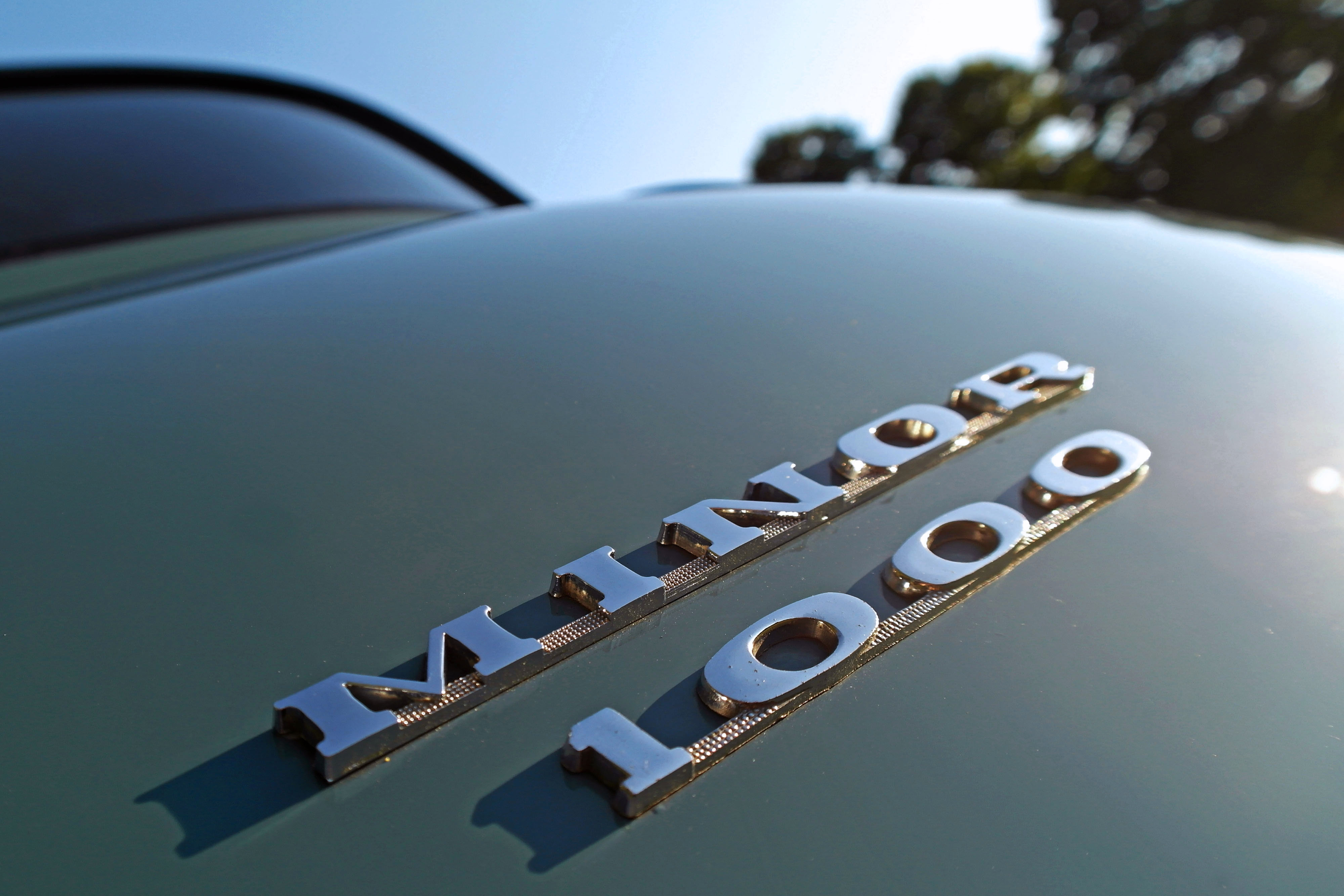
As with Tom’s Allegro, a ride in Bluebell is a nostalgia-filled delight. The airy headrest-free cabin conjures up images of 1950s and 1960s summer picnics and good manners, and good old-fashioned ‘Britishness’. It’s just something Minors do. Their cuddly looks and friendly faces bring out the best in people, and that politeness has been exploited in popular culture. Dulcie Gray drove a Traveller in 1980s drama-soap Howards’ Way, and Ian McShane piloted ‘Miriam’, an open-top Moggy in Lovejoy (presumably to bolster his character’s ‘lovable rogue’ image).
- SAMSUNG CSC
- SAMSUNG CSC
The Minor’s ‘niceness’ and genteel appeal has rubbed off on Tom. But, to be fair, he’s rubbed plenty of polish into Bluebell’s panels to keep her shipshape. A member of the Morris Minor Owners’ Club (MMOC) since the age of seven, the Morris maestro has put his heart and soul into Bluebell to bring her up to concours condition, and is a regular prize-winner, the latest haul being a second place at the recent 70th anniversary MMOC event at Kelmarsh Hall and Gardens.

It’s well-deserved, too. Forget the gingham-checked picnic rug, the engine bay of Bluebell is clean enough to munch scones off, accompanied by an enjoyable cup of Earl Grey tea. In a cup and saucer, of course. Which, it turns out is more of less what went on at the MMOC celebratory day. ‘It was a wonderful day in the sunshine,’ Tom says. ‘We were surrounded by hundreds of Morris Minors, enjoyed a Spitfire flypast, drank tea and caught up with friends’. What was that about the Morris Minor being quintessentially British?
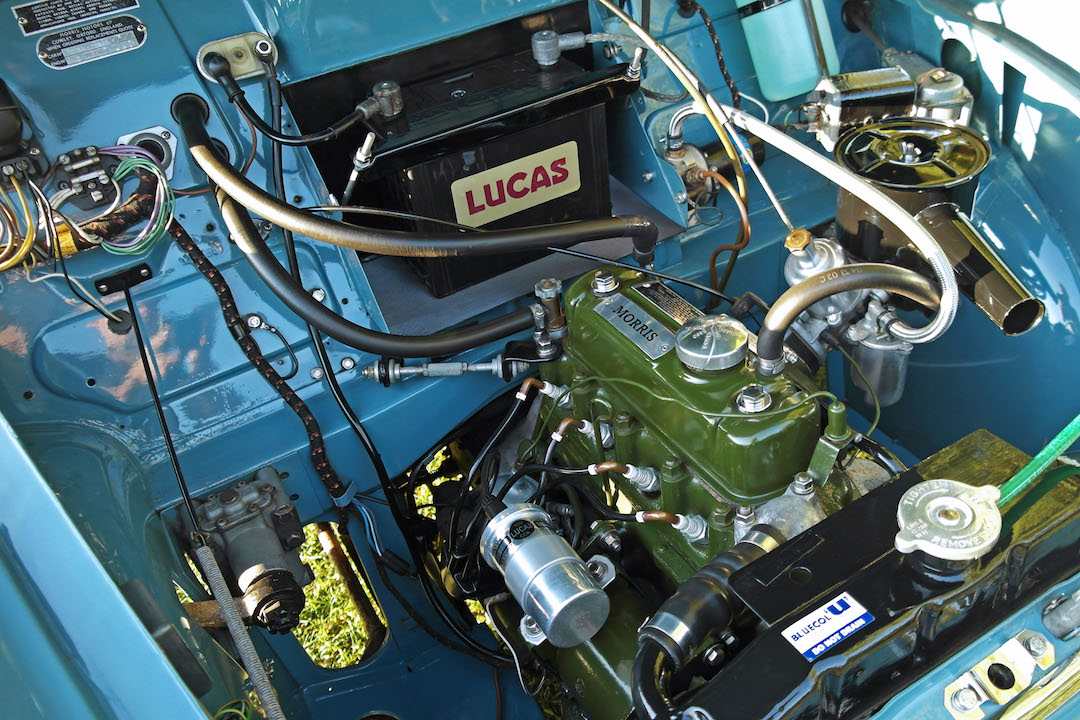
The millionth Morris Minor rolled off the Cowley production line a year before Tom’s car was built, and was special in not only number, but its lilac body colour. A total of 349 celebratory and visually identical Morris Minor Millions came in 1961, but production slowed from 1963, and and in 1969, the last convertible was made. British Leyland’s ‘ADO28’ project – known as the Morris Marina to you and me – replaced the Minor in 1971, when the final Traveller and commercial vehicles emerged.
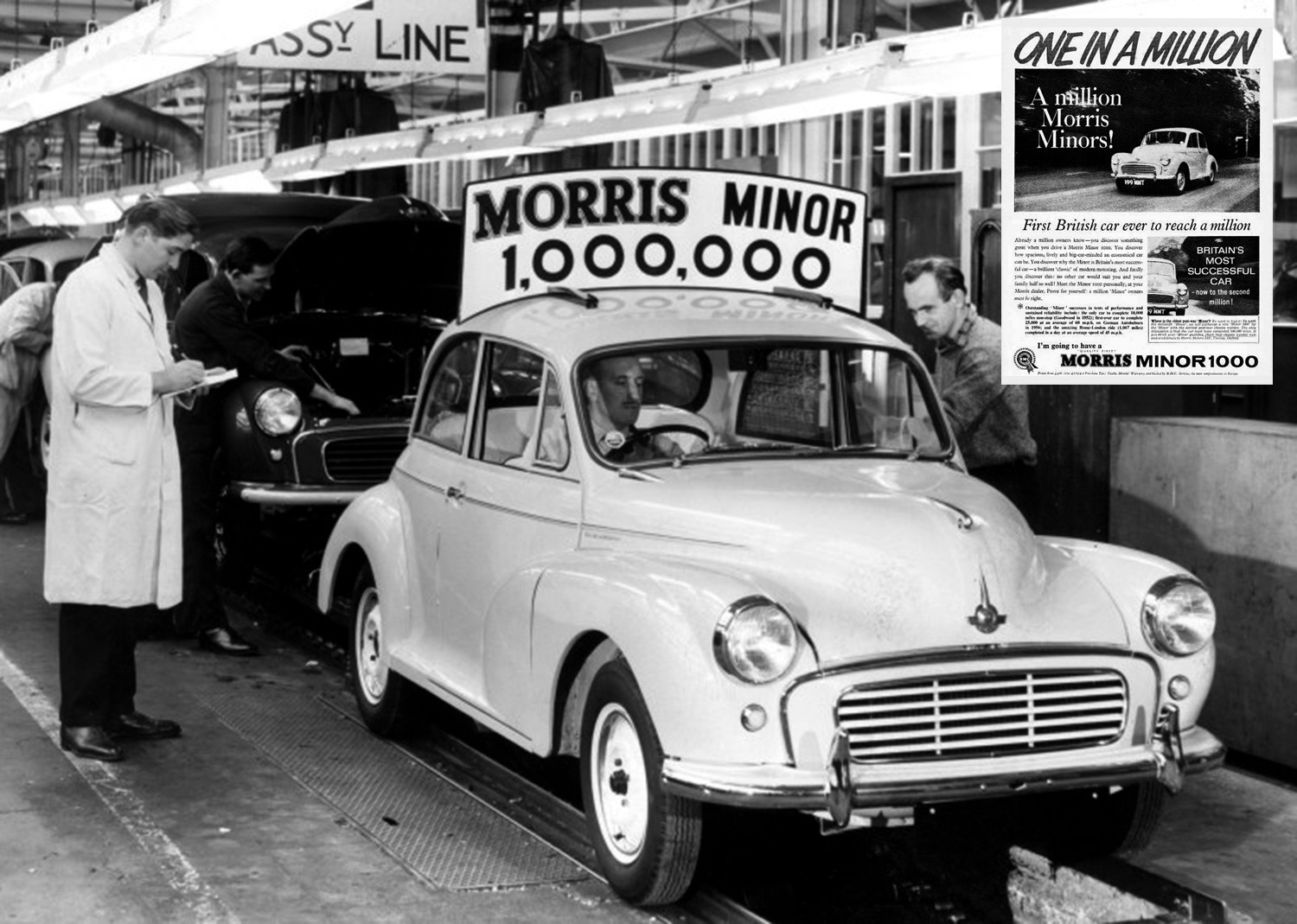
While the publicity for the millionth car stated that the Minor was ‘Britain’s most successful car – now to the second million!’, that second million sadly never came. However, the Moggy was the first British car to reach the millionth production milestone, and it’s testament to the original design that as many people love it today as loved it when it was new. Some may see it as frumpy, and, like the Allegro, an easy car to pick on, but like British Leyland’s later model, it’s easy to get swept up in the infectious enthusiasm offered up by owners.
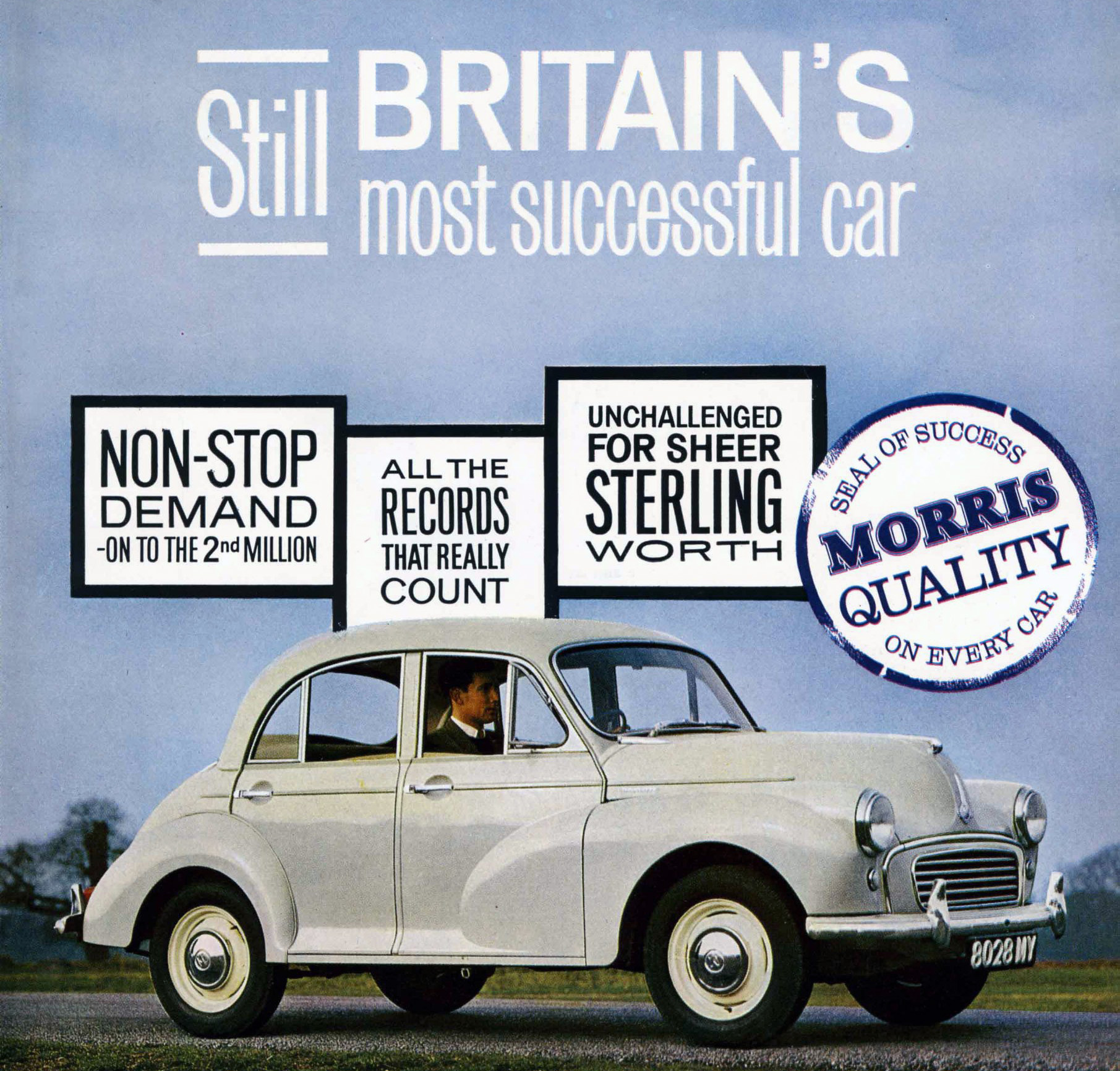
With total sales of 1.6 million, the Morris Minor may not have been the world-beater the Volkswagen Beetle or Citroën 2CV were, but, perhaps surprisingly, it found success in the US and was also built in Australia, Denmark and New Zealand. As elegantly English as our willow-draped duck pond, village green photo location, the solid and stoic Minor celebrates its milestone with a stiff upper lip. And a flask of tea. Happy 70th Moggy!
CLICK TO ENLARGE



